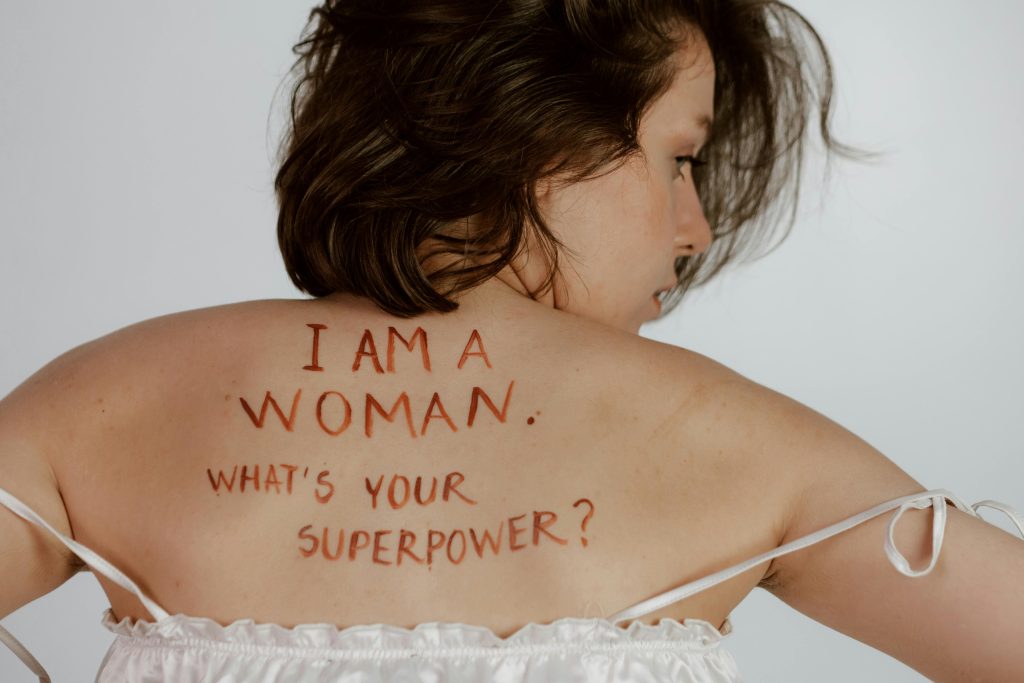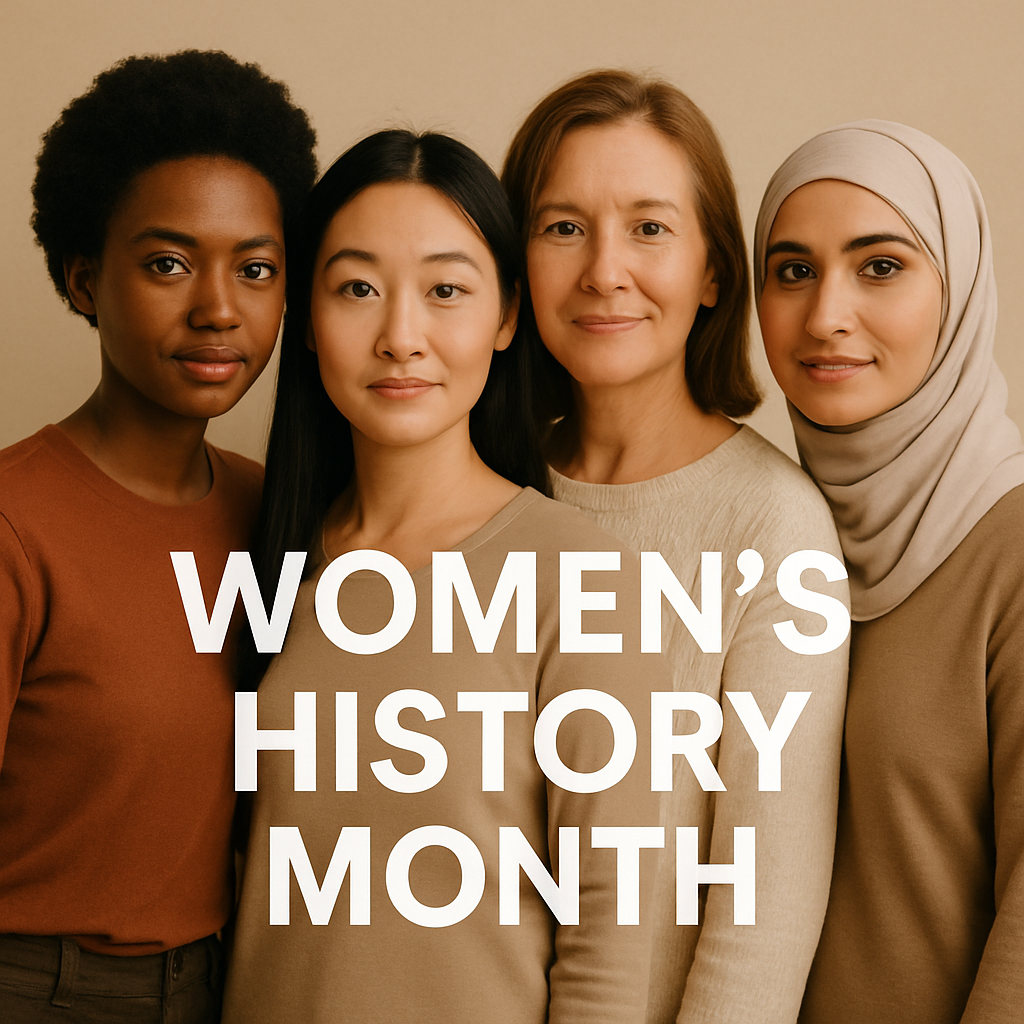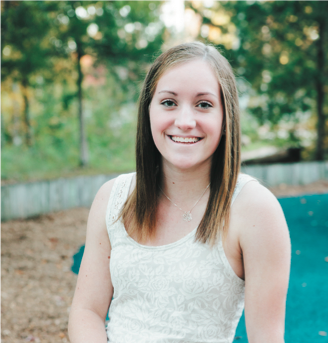Here is a great list of questions to ask your daughter, niece, cousin, any girl in your life to get to know her even better. These questions are also great to use when you are working with a Girls With Ideas group to get to know each other even better!
Ideas For How To Use The Questions
- Ask one question each night at bedtime. She answers, then you answer!
- Print out the questions and cut them so each question is on a strip of paper. Put the papers in a bowl or mug and draw one out randomly to ask at dinner each night!
- Have a journal where a girl can write her answer to the question with the date and revisit that same question each year to see how her answers change!
- Together you can ask the same question to a variety of family members to see how everyone’s results different and email or text out the results to all that answered!
- Have your girl or group of girls come up with a short skit or music video to answer the question and videotape it!
- If you have a group of girls you can do the have them each read a question and pose the question to the group. This is a great way to start or end a Girls With Ideas lesson!
50 Questions For Tween Girls
1. What is your ultimate dream job?
2. Where would you love to live?
3. What do you see yourself doing in 5 years? What about 10?
4. Do you have a hero and why are they your hero?
5. Do you have a favorite quote or mantra?
6. What is your best memory?
7. When was a time you laughed so hard you cried?
8. What is your absolute favorite food?
9. Is there anything you want to be able to do that you can’t do right now?
10. What makes you laugh?
11. Do you like to read? If so, what’s your favorite book?
12. How do you overcome obstacles?
13. What do you enjoy learning about in school?
14. If you could go back in time, where would you travel to?
15. Do you have a role model?
16. If you were stranded on an island and could only bring three things, what would you bring and why?
17. What are your goals for this year?
18. Who is your favorite teacher of all time?
19. What would you like to learn in school?
20. Would you choose a different name for yourself if you could?
21. Do you have any bad habits?
22. Would you like being famous?
23. When you’re feeling down, what makes you feel better?
24. What’s your favorite sport to play?
25. What’s your favorite song?
26. If you could only watch one movie for the rest of your life, what would you watch?
27. Do you consider yourself a leader?
28. What characteristics make a good leader?
29. What makes a good friend?
30. What is one food you will never eat?
31. What’s something nobody would guess about you?
32. If there were a movie made about your life, what actor/actress would you want to play you?
33. If you were an animal, what would you be and why?
34. What are some things on your bucket list?
35. Are you a morning or a night person?
36. What is your biggest pet peeve?
37. If you had to describe yourself in three words, what would they be?
38. What is an accomplishment you’re most proud of?
39. If you started your own business, what would your business do?
40. If a genie gave you the option of five wishes over the next five years or one wish right now, which would you choose?
41. If you could speak another language fluently, which one would you speak?
42. If you could have lunch with anyone, dead or alive, who would it be?
43. If you were president for the day, what’s the first thing you would ban or allow?
44. If you were to have an ice cream sundae with any toppings you wanted, what would you choose?
45. What is your least favorite chore?
46. If you were given a million dollars, what’s the first thing you would spend it on?
47. How would you describe your personal style?
48. Do people consider you to be talkative or quiet?
49. Describe a time when you had to make a tough decision. Are you happy with your decision?
50. If you could go on a two-week vacation anywhere in the world, where would you go?







